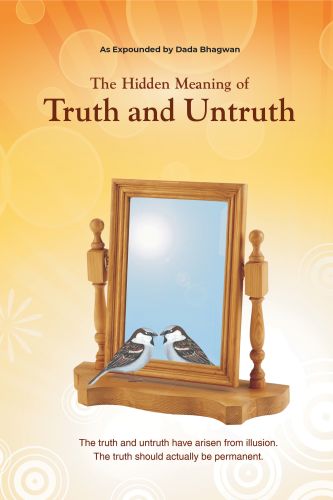Categories
- Antiques & Collectibles 13
- Architecture 36
- Art 48
- Bibles 22
- Biography & Autobiography 813
- Body, Mind & Spirit 142
- Business & Economics 28
- Children's Books 17
- Children's Fiction 14
- Computers 4
- Cooking 94
- Crafts & Hobbies 4
- Drama 346
- Education 46
- Family & Relationships 57
- Fiction 11829
- Games 19
- Gardening 17
- Health & Fitness 34
- History 1377
- House & Home 1
- Humor 147
- Juvenile Fiction 1873
- Juvenile Nonfiction 202
- Language Arts & Disciplines 88
- Law 16
- Literary Collections 686
- Literary Criticism 179
- Mathematics 13
- Medical 41
- Music 40
- Nature 179
- Non-Classifiable 1768
- Performing Arts 7
- Periodicals 1453
- Philosophy 64
- Photography 2
- Poetry 896
- Political Science 203
- Psychology 42
- Reference 154
- Religion 513
- Science 126
- Self-Help 84
- Social Science 81
- Sports & Recreation 34
- Study Aids 3
- Technology & Engineering 59
- Transportation 23
- Travel 463
- True Crime 29
Craftsmanship in Teaching
Categories:
Description:
Excerpt
CHAPTER I
Craftsmanship in Teaching
I
"In the laboratory of life, each newcomer repeats the old experiments, and laughs and weeps for himself. We will be explorers, though all the highways have their guideposts and every bypath is mapped. Helen of Troy will not deter us, nor the wounds of Cæsar frighten, nor the voice of the king crying 'Vanity!' from his throne dismay. What wonder that the stars that once sang for joy are dumb and the constellations go down in silence."—Arthur Sherburne Hardy: The Wind of Destiny.
We tend, I think, to look upon the advice that we give to young people as something that shall disillusionize them. The cynic of forty sneers at what he terms the platitudes of commencement addresses. He knows life. He has been behind the curtains. He has looked upon the other side of the scenery,—the side that is just framework and bare canvas. He has seen the ugly machinery that shifts the stage setting—the stage setting which appears so impressive when viewed from the front. He has seen the rouge on the cheeks that seem to blush with the bloom of youth and beauty and innocence, and has caught the cold glint in the eyes that, from the distance, seem to languish with tenderness and love. Why, he asks, should we create an illusion that must thus be rudely dispelled? Why revamp and refurbish the old platitudes and dole them out each succeeding year? Why not tell these young people the truth and let them be prepared for the fate that must come sooner or later?
But the cynic forgets that there are some people who never lose their illusions,—some men and women who are always young,—and, whatever may be the type of men and women that other callings and professions desire to enroll in their service, this is the type that education needs. The great problem of the teacher is to keep himself in this class, to keep himself young, to preserve the very things that the cynic pleases to call the illusions of his youth. And so much do I desire to impress these novitiates into our calling with the necessity for preserving their ideals that I shall ask them this evening to consider with me some things which would, I fear, strike the cynic as most illusionary and impractical. The initiation ceremonies that admitted the young man to the privileges and duties of knighthood included the taking of certain vows, the making of certain pledges of devotion and fidelity to the fundamental principles for which chivalry stood. And I should like this evening to imagine that these graduates are undergoing an analogous initiation into the privileges and duties of schoolcraft, and that these vows which I shall enumerate, embody some of the ideals that govern the work of that craft.
II
And the first of these vows I shall call, for want of a better term, the vow of "artistry,"—the pledge that the initiate takes to do the work that his hand finds to do in the best possible manner, without reference to the effort that it may cost or to the reward that it may or may not bring.
I call this the vow of artistry because it represents the essential attitude of the artist toward his work....












